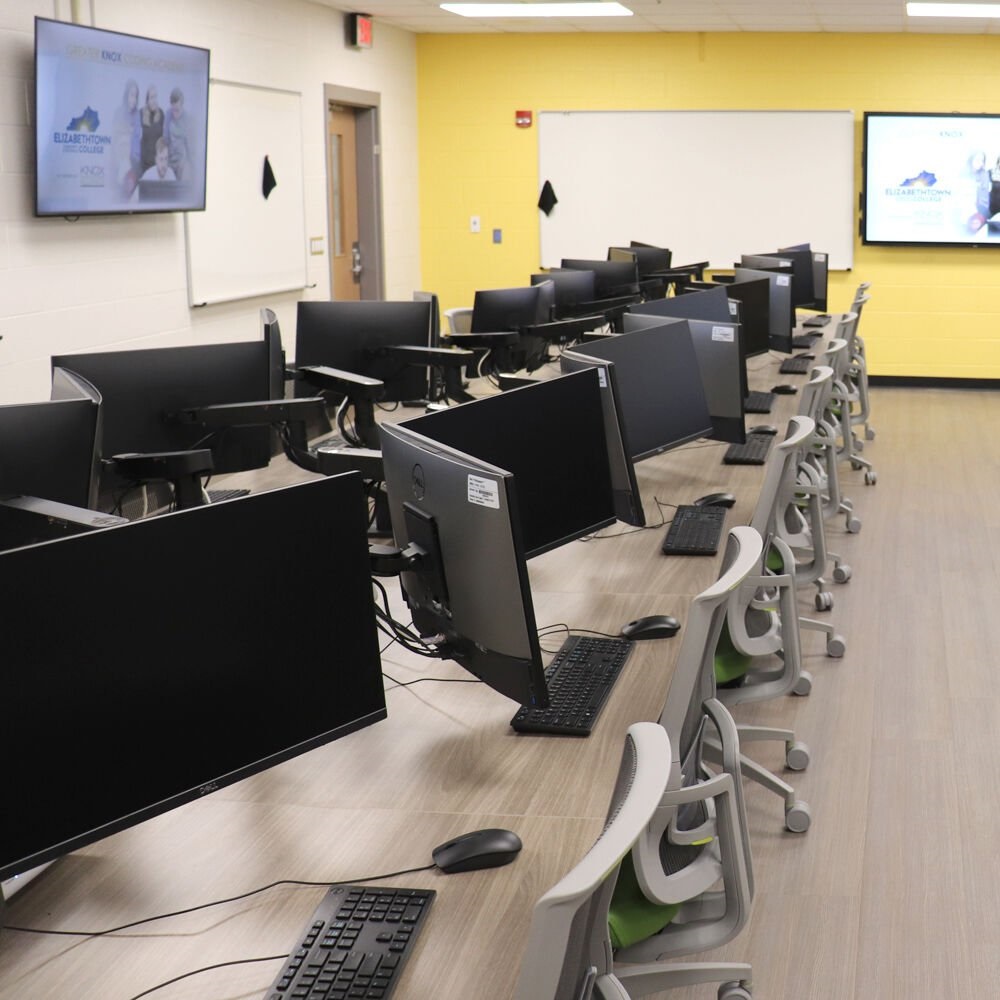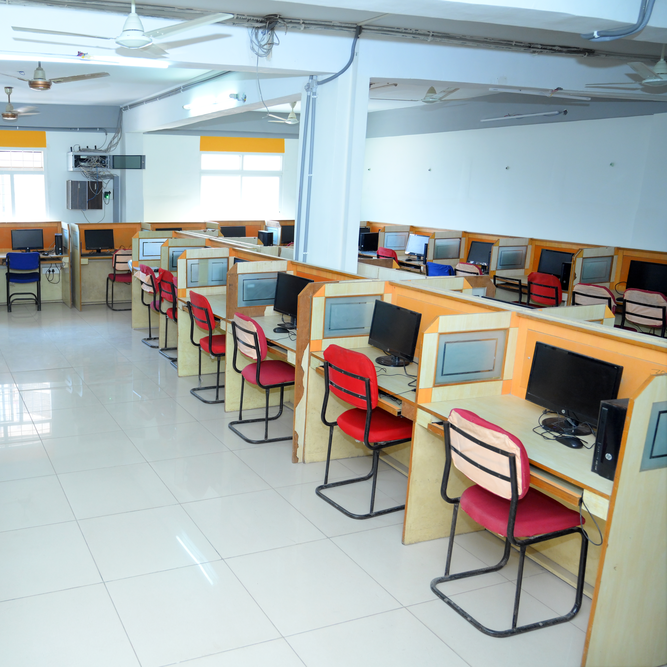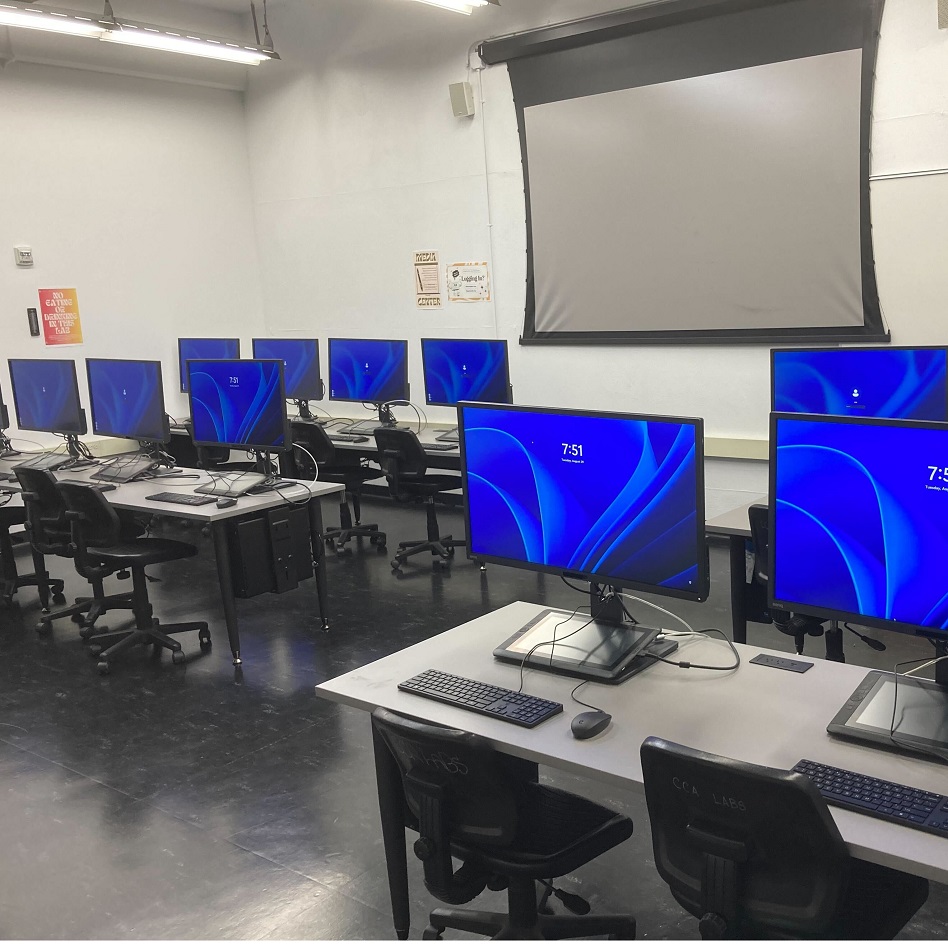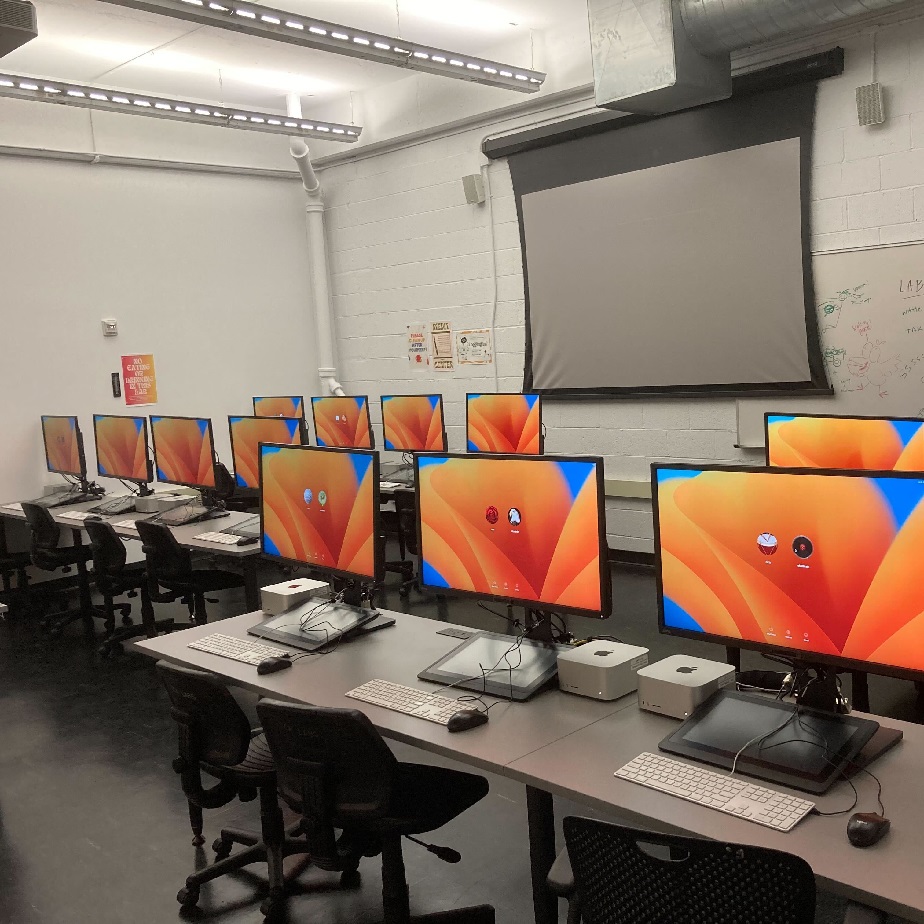Introduction to the College Computer Lab
The college computer lab is no ordinary space. It serves as a vital resource for students across various disciplines. From aspiring graphic designers to data scientists, the lab plays a key role in students’ academic lives. The lab is equipped with high-performance computers, specialized software, and internet access. It offers a collaborative space where students can work on projects, complete assignments, and develop new skills. In today’s digital age, the importance of a computer lab cannot be overstated.
Facility Overview
College computer labs typically feature several areas catering to different needs. Workstations are arranged in rows or clusters. This layout promotes collaboration and allows students to work together or seek help easily. Each workstation is outfitted with a computer that runs various operating systems and applications. Some labs focus on specific fields, like engineering or graphic design, providing software unique to those disciplines.

The common areas also offer printers, scanners, and other peripherals. These tools help students produce high-quality work without needing to leave the lab. In some cases, labs keep a few devices on hand for specialized tasks. Students can borrow these devices for short periods. This flexibility is crucial for completing projects efficiently.
The Role of a College Computer Lab in Learning
A Space for Collaboration
Learning often doesn’t happen in isolation. The college computer lab encourages teamwork. Students can share ideas and get feedback from peers. Group projects benefit greatly from this collaborative atmosphere. Students can bounce ideas off one another, troubleshoot technical issues, and solve problems together.
Many labs hold workshops and training sessions. These events teach students how to use different software and tools. They provide hands-on experience that can bolster classroom learning. Students get the chance to apply their knowledge in a practical setting. These sessions also help build a sense of community among students.
Supporting Diverse Fields of Study
Computer labs support a range of disciplines and programs. For instance, graphic design students rely on software like Adobe Creative Suite. They use it to create visually appealing designs and layouts. Similarly, engineering students might use computer-aided design (CAD) programs. These tools help them visualize and plan their projects effectively.
Humanities students also find value in the lab. They can utilize word processing software for resumes or essays. They might also need access to research databases. The internet provides a treasure trove of information, making it easier to gather sources for papers. The computer lab meets these diverse needs, ensuring all students can succeed in their respective fields.
Challenges Faced by Computer Labs
Technical Issues
No lab is without its challenges. Technical issues can disrupt productivity. Software crashes or hardware malfunctions are common obstacles. When a computer freezes or a printer jams, it can cause significant delays. This might lead to frustration among students, particularly during busy times like exam weeks.
However, most labs have staff on hand to assist with these issues. Lab technicians are trained to troubleshoot problems quickly. They help minimize downtime and ensure students can get back to work as soon as possible. Regular maintenance of the equipment also plays a crucial role in preventing breakdowns.
Access and Availability
Another challenge is access to computers. During peak hours, finding an available workstation can be difficult. Many students juggle classes and extracurricular activities. They often flock to the lab during limited times, creating a bottleneck. This leads to long waits and limited productivity.
To combat this issue, some colleges have introduced reservation systems. These systems allow students to book time at a computer in advance. This reduces congestion during peak hours. Additionally, extending lab hours can also be beneficial. Offering late-night access ensures that students have the flexibility they need to work on their projects.
Maintaining a Productive Lab Environment
Guidelines for Users
To maintain a productive computer lab environment, specific guidelines are often established. Students are expected to use the equipment responsibly and keep the space clean. Simple rules, such as refraining from eating or drinking, help preserve the computers and surrounding areas.
Quietness is another essential element. Students need to focus, and loud conversations can be distracting. Many labs have implemented ‘quiet zones’ or designated areas for group discussions. This balance allows for both individual work and collaboration without disturbing others.
The Role of Lab Supervisors
Lab supervisors play a significant role in maintaining the environment. They oversee operations and ensure that lab policies are followed. Supervisors help enforce rules and assist students with technical questions. Their presence also fosters a sense of security within the lab.
In addition to enforcing guidelines, supervisors can maximize the lab’s resources. They can organize events, workshops, and study groups. These activities create a dynamic learning environment. They also establish a stronger connection between students and the laboratory’s offerings.
Innovations in College Computer Labs
Incorporating New Technologies
As technology advances, so do college computer labs. New software applications and tools continue to emerge. Labs must keep up to ensure students have access to the latest resources. This has led to introducing virtual reality (VR) setups, advanced modeling software, and cloud-based applications.
These technologies enhance the learning experience. For instance, VR allows students to explore complex concepts in an immersive way. It can transform how subjects like architecture or biology are taught. Students engage more deeply with the material, leading to better understanding and retention.
Sustainability Initiatives
Sustainability is another growing focus for college computer labs. Many institutions are taking steps to reduce their carbon footprint. Labs are investing in energy-efficient equipment to help conserve energy. This not only lowers operational costs but also aligns with many colleges’ environmental goals.
Recycling programs for old computers and peripherals are also common. Proper disposal of electronic waste reduces environmental impact. By adopting these initiatives, computer labs contribute to a greener future. They become not just places for learning but also for responsible practices.
Future Directions for College Computer Labs
Embracing Online Learning
The recent shift towards online learning has impacted college computer labs. While in-person attendance may decrease, the lab will still play an important role. Students need access to technology, whether in-person or remotely. Therefore, labs must adapt their resources accordingly.
Virtual labs can supplement in-person access. These platforms allow students to work on projects from anywhere. They can access the software and tools they need without being physically present in the lab. This flexibility caters to diverse learning styles and schedules.
Enhancing Student-Centered Services
Going forward, college computer labs must continue to put students first. Conducting regular surveys can help understand student needs and preferences. Gathering feedback allows labs to improve their services and resources.
Enhanced training programs can also be beneficial. Equipping students with the skills they need to use various technologies effectively will enhance their creativity and productivity. Continuous improvement will ensure that computer labs remain relevant in an ever-evolving educational landscape.
Conclusion: The Lasting Impact of Computer Labs
The college computer lab is a cornerstone of the academic experience. It serves as a central space for collaboration, learning, and innovation. While challenges exist, the benefits of these labs are undeniable. They not only support students in their studies but also prepare them for the future.
As technology continues to evolve, so too must college computer labs. By incorporating new technologies, sustainability efforts, and student-centered services, these spaces will remain vital in higher education. The influence of computer labs reaches far beyond the classroom, shaping the students’ skills and confidence for years to come. The impact is lasting, making college computer labs a true hub of learning and opportunity.


